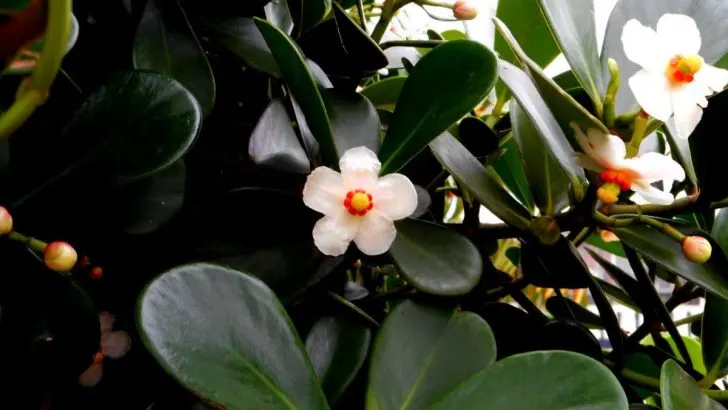Today we will talk about the clusia dwarf tree, a popular low tree variety that is often used as a hedge. In the text below you’ll learn all about the clusia care guide and the features of the clusia rose tree.
In addition to having shiny green leaves, its branches are thick, and strong, and withstand low temperatures, wind, and storms, it is also a perennial tree.
If your garden lacks a tree of this description, we present to you the clusia tree, about which today we will learn everything you need to know in order to grow clusia.
Then let’s learn how to properly water and prune this tree, where to plant it, and much more. If you are ready, let’s start reading.
About Clusia Plants
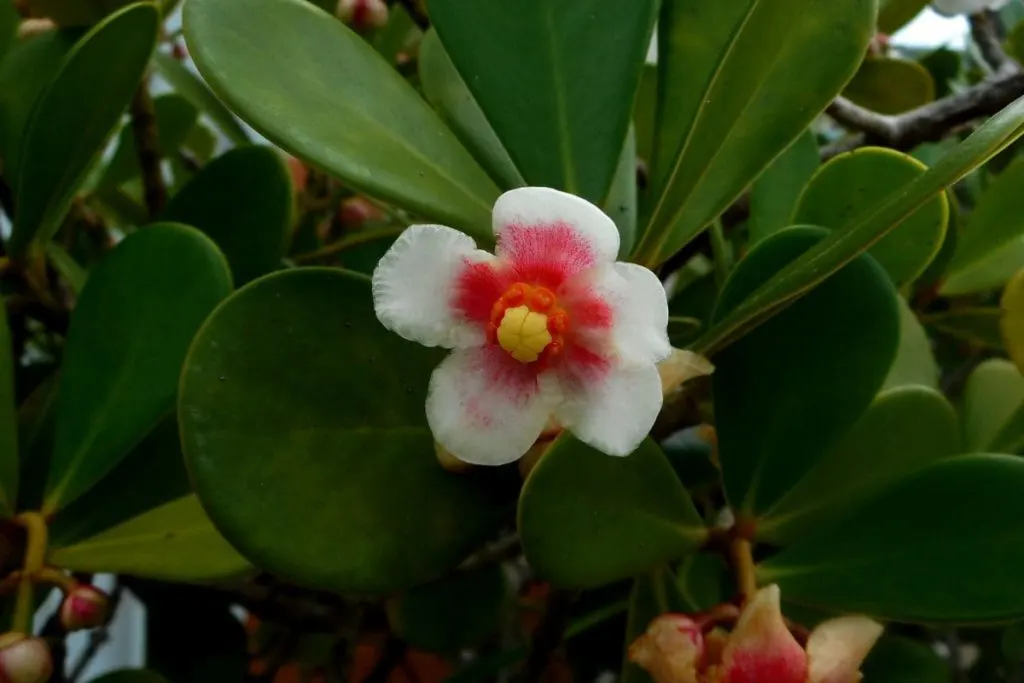
If you’re willing to find out the botanical features of clusia plants, check out this section below.
We bring you all the information you need about the plant’s appearance and growing habits. After that, find out the answer to the questions you’ve probably asked yourself about this lovely plant.
- Native habitat: Central and South America
- Family: Clusiaceae, along with other 400 species
- Botanic name: Clusia
- Common names: Autograph Tree, Balsam Fig, Fat Park Tree, Pitch Apple
- Flower shape: shallowly cup-shaped
- Leaf shape: shaped like fat teardrops
- Toxicity: toxic
- Wildlife: wild birds
- Use: hedge tree, landscape tree
How And What For To Use Clusia Plant?
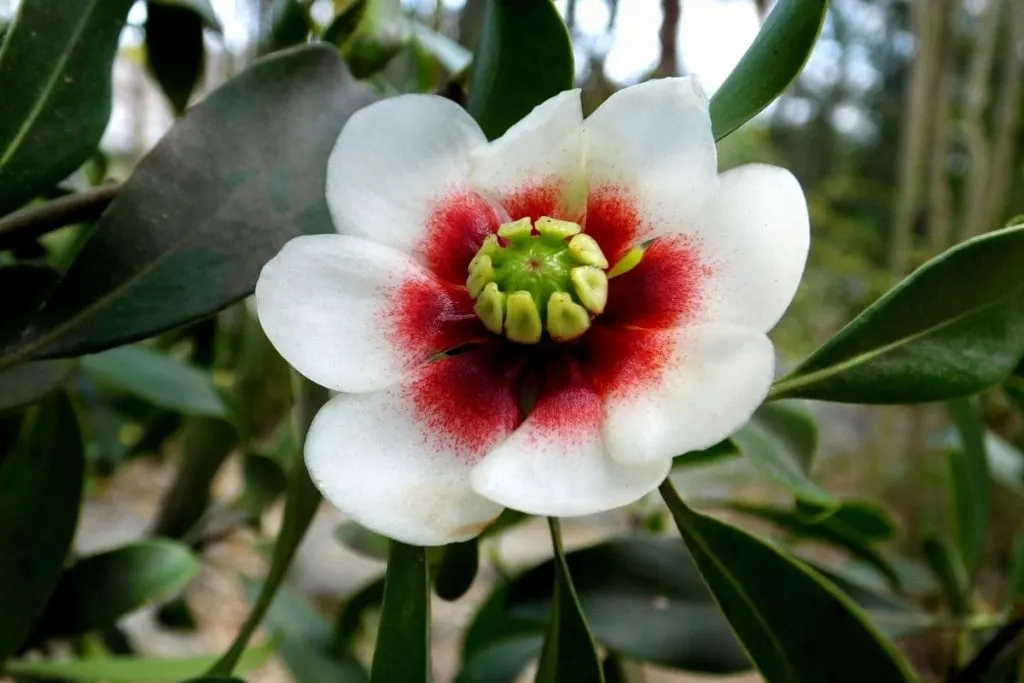
Along with dwarf jacaranda tree, flowering trees in Georgia, flowering trees in North Carolina, and flowering trees in Texas, clusia can be a great hedge tree for your garden.
It is in fact considered one of the best hedge dwarf trees since its branches and its foliage are very dense. The best species you can choose for this role is a clusia rosea.
Another one is a so-called autograph tree. Flowers belong to the family of Clusiaceae. Let’s check out its care guide now.
Care Guide For Clusia Plants
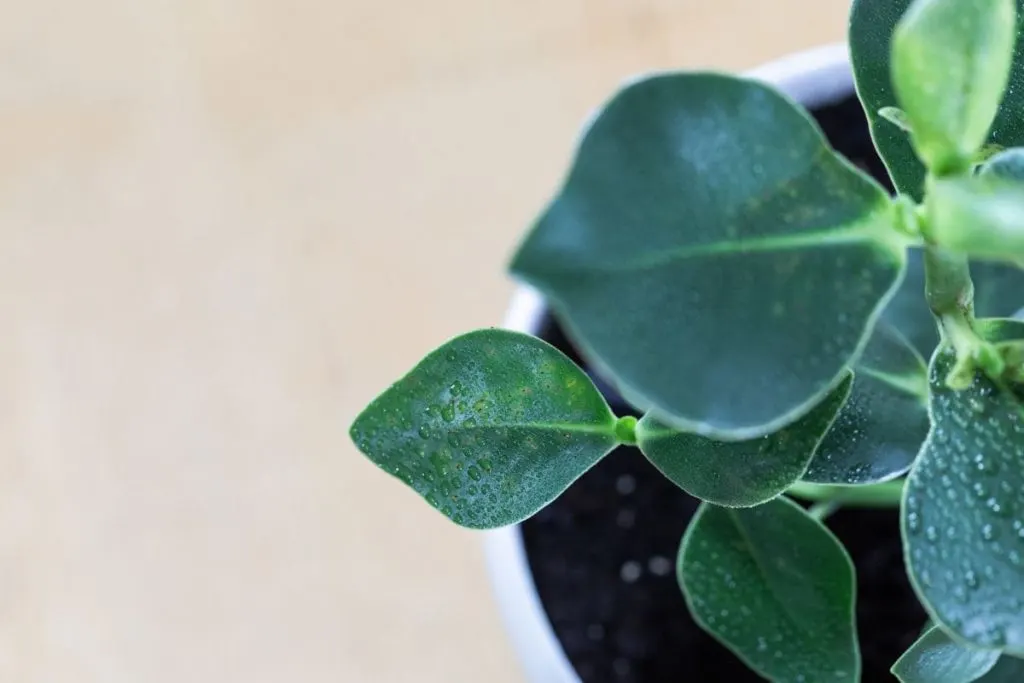
If the beginning did not convince you that this plant should become part of your spring garden or garden, let’s see if its simple care guide will tempt you.
Below we bring you everything you need to know about the location of the clusia plant, the type of soil for planting, and pruning, and much more in detail.
Light
When it comes to the perfect light for this plant, you have to consider two things. Are you growing this plant as a houseplant or as a hedge tree outside?
Those two same plants, but with different uses, should not be exposed to the same type of light.
Indoors, you don’t want your plant to quickly reach its maximum height. You will expose it to medium light and partial shade in the afternoon, with maybe an hour or two of direct sun.
If your plant is outside and you use it as a hedge plant, then it will certainly receive direct sun for at least 4.5 hours a day, which is excellent because you want it to grow faster and better.
The light, i.e. the sun, helps the growth, which leads to the dense foliage of this plant. Partial shade in yards usually comes on its own in the afternoon, which is great for your plant.
Water
The watering schedule for this plant is quite simple. Water it once every week during growing periods and twice a week during the dormancy period.
But there is one problem with watering plants that people often forget about.
Considering that they use it as a hedge plant while watering the lawn in front of the house, they also water the clusia plant along the way, which is often every day during the grass growth period.
You should avoid this and carefully water the clusia plant and the lawn separately.
Soil type
Although this plant is not at all picky about the type of soil it will grow in, the best choice is still organic soil.
We advise you to immediately plant the plant in nutrient soil, or for example in perlite soil to which you will add compost right at the beginning. It can also succeed in sandy soils as well as in soft and loose soils.
Temperature
The Clusia plant is not a tropical plant, but its temperature ratio is quite interesting. It tolerates temperatures from 55 to 85 F.
This tells us that the plant is suitable for growing in many regions around the country.
However, it does not tolerate the cold well, especially frost, so we advise that during the winter months it should be protected with a net or nylon so that it will be an ideal hedge plant again in the spring.
Fertilizer
Although we have already mentioned that it is best to add compost immediately after planting, 5-10-10 blend or 10-10-10 fertilizer are also good combinations.
They are usually mixed with water because of their strength and only then used, but consider the condition and period of your plant, whether it is before flowering, whether it is at the time of initial planting, etc. The plant should not be fertilized after July.
Propagation
I’m sure you already know this because it’s very obvious, but to repeat, the plant is propagated by cuttings. The process is very similar, if not the same as with other plants that are propagated like this:
- cut the healthy cutting at a 45-degree angle,
- the cutting should be between 6 and 8 inches long,
- remove the leaves from it or leave two or three healthy leaves,
- the plant should be a mature plant when this is done,
- transplant it into the soil with fertilizer that has been previously watered,
- the location should be in a sunny place,
- in 3 weeks you will notice leaf buds on the branch.
Pruning
We advise you to prune the plant at the end of each autumn before its dormant period. Remove dead branches and dry leaves.
Of course, if the plant is attacked by pests or some other problem arises, then it is especially necessary to do the education. Also, since it is a hedge plant, people trim it to reduce and correct its size.
Toxicity Of Clusia Plant
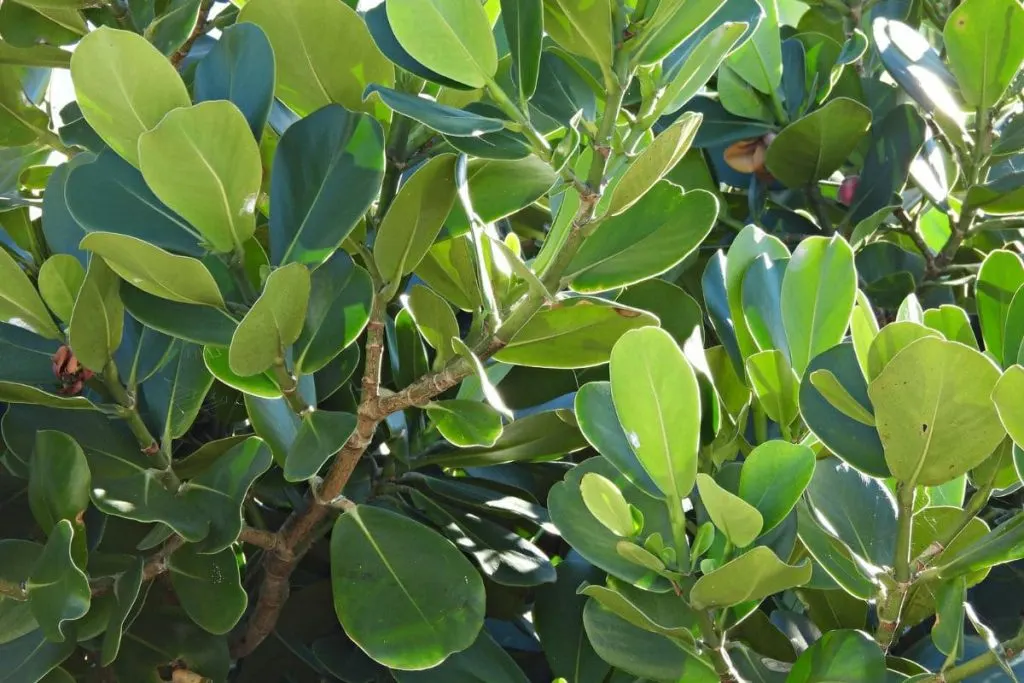
Clusia species are toxic to both animals/pets and to people as well. This is one of the reasons why you’ll rarely spot birds on this tree.
However, fruit is often carried on and dispersed by the birds and this is how they move around the seeds. This is the only role animals do on this toxic tree.
This is also a problem for tree owners because sometimes since the seeds are uncontrollably spread around.
No one wants random trees out in the garden or a yard. Without any control, new growth appears in the garden.
Final Thoughts
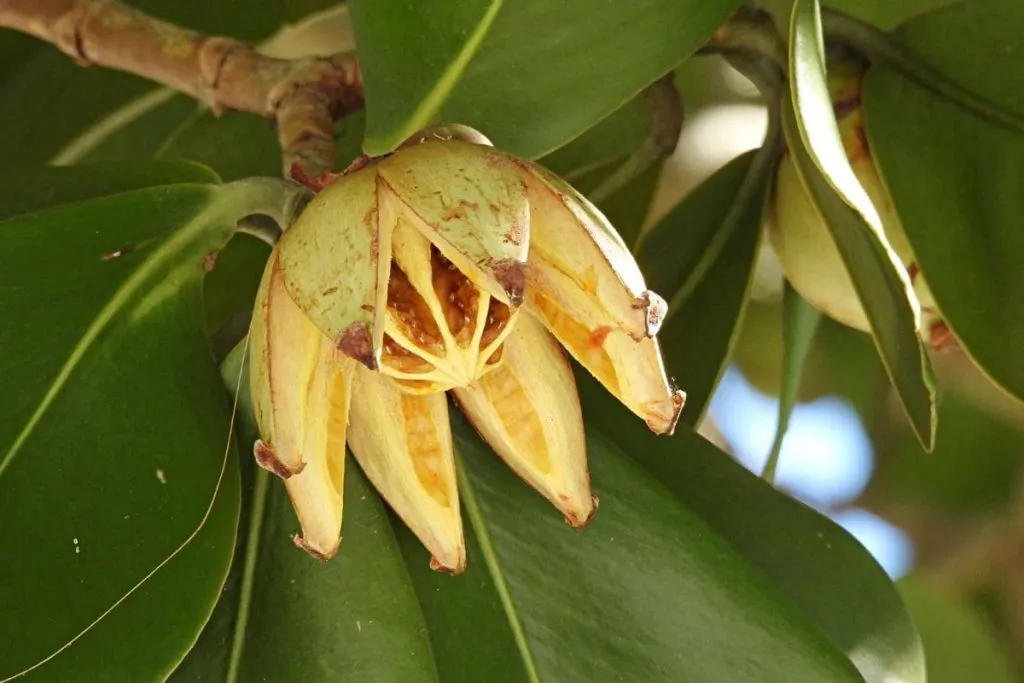
And, did you like the clusia plant care guide? Usually, in the winter we all think about the spring and summer appearance of the garden, how to arrange it, what changes to make, and the like.
Maybe next spring this plant can be your addition to the garden or that change you want to make.
The plant is very simple, it does not need too much attention and care, as we have already confirmed, and it will give your yard a new look.
That would be all for today, see you tomorrow with similar topics.

